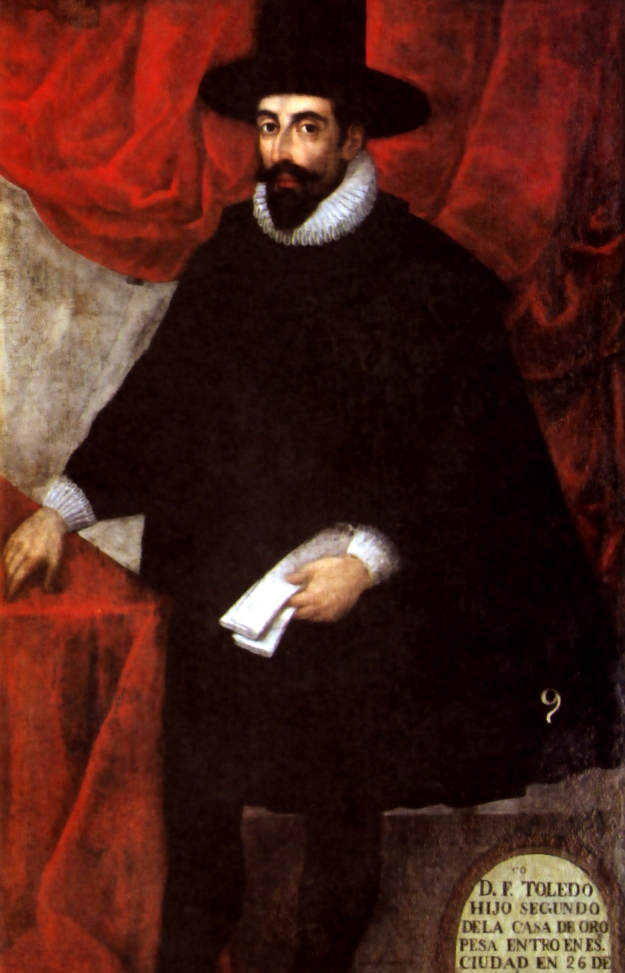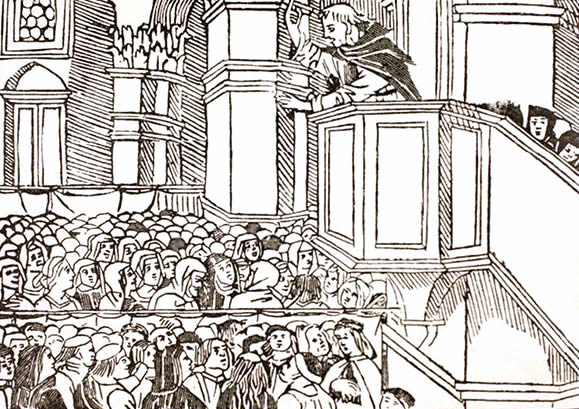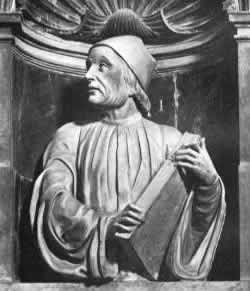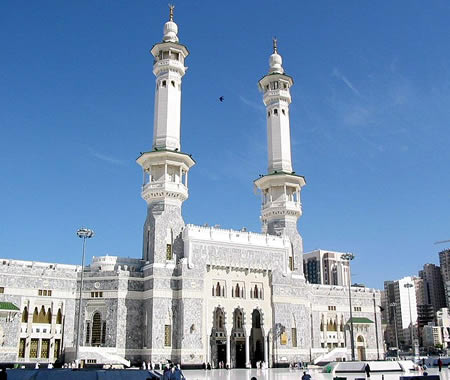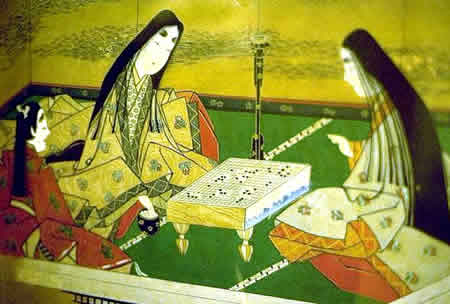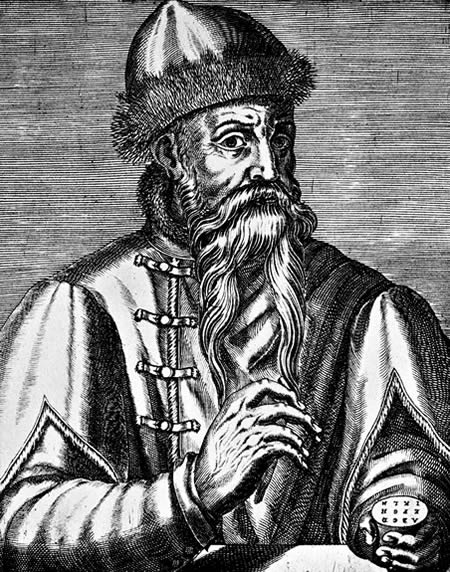 |
| Scientific Revolution |
Between 1500 and 1789, especially the period of 1600–1750, there occurred a shift in humans’ thinking from the medieval emphasis on God’s eternal unchanging world, which governed people, the universe, and nature, to an approach that defined knowledge and understanding as derived from the immutable laws of nature independent of received truth.
Knowledge and truth were to be gained by putting forth an idea, testing it, and expressing the results mathematically. The British coined the term empiricism to summarize the concept gained through human interaction with nature and continental Europeans followed the philosopher
Descartes who put forth rationalism with its emphasis on knowledge that could be logically and mathematically proved.
Emphasis on Different Sciences Different sciences came to the fore during these centuries. Physics and astronomy were especially prominent in the latter part of the 16th century and then 17th century; chemistry and biology, in the latter part of the 17th century and 18th century; and mathematics, throughout the period as part of scientific calculations. New methods of thought pushed to the surface.
These new patterns harkened back to the writings of Aristotle and other Greek and Roman philosopher/scientists that emphasized the use of reason in addition to faith in pursuit of knowledge, nature, and contemplating humanity and the universe. The methodology associated with these thoughts came to be called the scientific method and involved two approaches—the deductive and the inductive.
The former, which was associated with the medieval mindset, put the stress on going from a general proposition to particular situations. The inductive method started with an approach to a particular problem, then through testing and observation, the drawing of valid conclusions.
When combined, the two methods formed what came to be known as the scientific method. One would state a general proposition; then investigate through a review of the literature, logic, and
experimental research; and then apply the result to a specific proposition or hypothesis.
The hypothesis would then be subject to observation, experimentation, and collection of data as part of a proof. The test result would either be positive or negative. Conclusions would then be reached confirming or denying or declaring the proposition moot or not proved.
The proponents of these combined related approaches to bring about a new scientific revolution were René Descartes and
Sir Francis Bacon, respectively. Their seminal writings, published in the 1620s, became the underpinnings for the new way of thinking associated with the scientific revolution.
Descartes (1596–1659), the French philosopher and mathematician, concluded that thought stemmed from the mind. The use of logic would deduce all truths starting with the existence of God and the basic reality of both the material and
spiritual worlds.
His grand concept was that of a unified and mathematically ordered universe that ran as a perfect mechanism. Everything could be explained rationally through logic and mathematics. “I think, therefore I am” summarized the approach known as rationalism.
Sir Francis Bacon (1561–1626), a politician and scientist, went a step further. He conceived of an approach that later was identified with the inductive method. He presented a system that used human reason to interpret human experiences.
Bacon recommended that facts derived from experiments could be validated through proving the hypothesis. These hypotheses would then be subjected to further experimentation and ultimately be proved so as to reflect fundamental laws of nature.
His approach was validated with the advent of new scientific instruments that could measure the physical world. In the 17th century, the thermometer, barometer, air pump, pendulum clock (grandfather clock), telescope, and microscope became readily available.
Heliocentric Theory The scientific revolution dates from the work of astronomer
Hellenistic Greeks, he advanced the heliocentric or Sun-centered theory of the universe.
His work was reinforced by the observation of Tycho Brahe, who made hundreds of observations via the telescope. Brahe’s data were supported by Johannes Kepler through mathematical calculations that showed that the planets moved elliptically around the Sun and that the Sun exerted a magnetic and gravitational pull on the planets.
Galileo Galilei, the mathematician, physicist, and astronomer, perfected the telescope to investigate the Moon, sunspots, the satellites of Jupiter, and the rings of Saturn. He also did work on physics through his former work from the leaning Tower of Pisa that originated basic laws of physics—the laws of motion and gravitation.
His experiments demonstrated that the velocity of falling bodies was related to the height from which they fell rather than their weight. These observations highlighted the relationship of gravitational pull to moving bodies. Acceleration would be constant no matter what the size or weight.
His experiments, which also involved hydrostatics, optics, and the pendulum, helped to develop his most famous law—the law of inertia—a body at rest or in motion will remain at rest or remain in motion unless affected by an external force such as gravitation.
Galileo and Copernicus suffered for their scientific advances. Both put forth ideas that went against the teachings of the
Catholic Church; as a result, both were deemed heretical and had their discoveries challenged not scientifically, but theologically.
In the succeeding years of the 17th and 18th centuries, physicists built on the previous work. The French physicists
Blaise Pascal and Jean Gay-Lussac developed laws and mathematical equations on volume, liquids, and gases.
Two professors at the university of Bologna, Mona Agnesi and Laura Bassi, verified Galileo’s work in mathematics and physics, respectively. Christian Huygens developed a wave theory to explain light. Otto von Gernicki proved the material composition of air in terms of its ability to have weight and exert pressure.
Other breakthrough work was done in other sciences. In astronomy, astronomer and mathematician Pierre Laplace discovered that comets were governed by mathematical laws, and that the Sun, which once had been a gaseous mass, threw off the planets as it solidified and contracted.
In biology, Antoni van Leeuwenhoek discovered bacteria, protozoa, and human spermatozoa. Robert Hooke discovered the cellular structure of plants. Andreas Vesalius gave detailed drawings of the human anatomy. William Harvey traced the circulation of blood.
Chemistry Advances Chemistry also saw breakthroughs.
Robert Boyle developed an atomic theory and investigated fire, respiration, fermentation, evaporation, and metal rusting. Joseph Priestley also developed ammonia, generated carbon monoxide, and discovered oxygen and offered an explanation of combustion. Henry Cavendish discovered hydrogen. Antoine Lavoisier proved that combustion resulted from a combination of oxygen with other elements.
He also showed that respiration was another form of oxidation. Ultimately, this led to a famous law of conservation—“Matter cannot be created or destroyed.” The supreme thinker of the early scientific age, perhaps, was
Johannes Kepler, who developed differential calculus, mathematics of infinity, variables—the bases for modern algebra, geometry, and calculus.
So dominant was Isaac Newton (1640–1727) in the later scientific age that physical science is often characterized as Newtonian, pre-Newtonian, and post-Newtonian. His writing and ideas were so prevalent that ultimately they affected philosophy, religion, and social science. His ideas influenced reformers who believed (based on Newtonian science) that a science of humanity could solve human problems just as natural sciences were beginning to solve the questions of science.
Why was Newton so influential? It was because he was able to synthesize previous discoveries. His law of gravitation stated that all natural objects attract other bodies—inversely, according to the square of their distances and directly in proportion to the products of their masses. Newton had arrived at this conclusion by methods that combined the methods advocated by Descartes and Bacon in his major work, Principia.
In that work, he used mathematical proofs that were tested by observation. He arrived at the conclusion that underlies all modern science—all selesai conclusions have to be based on solid facts. Accordingly, the hypothesis even if supported by mathematics must be rejected if it is not supported by observation or experimentation.
More importantly, his basic premise, based on his own experiments in gravitation, was that laws govern all nature, including the universe. His universal laws were then applied to every area. The result in terms of religion and philosophy was deism. Succeeding philosophers following Descartes and Newton divided reality between mind and matter.
Science assisted human reason in dealing with matter; faith dealt with the truth beyond the natural senses and helped the mind to intuit truth directly from God. Taking the clue from Newton, clergymen subordinated science to faith. The world was run by universal laws, of which the first law was God’s will.
Deism The greatest influence of science and future events was in the development of deism—a belief held by many of the leading members of the American Revolution such as Benjamin Franklin and Thomas Jefferson. Even though deists considered themselves Christians, they rejected many tenets of traditional Christianity.
They did accept Jesus Christ but as a great budpekerti teacher rather than as a human savior. The view of most deists was that God was a rather impersonal force—the great physicist or master clock winder in the universe. God set things in motion, but if people behaved according to the golden rule and the Ten Commandments, everything else was left to them.
God proposed; humans disposed. All budpekerti decisions were based on the individual’s reason and conscience. No formal denomination held their allegiance—nature was their church and natural laws were their spiritual guides, even their bibles.
In the 18th century, sciences passed into general acceptance. Kings endowed observatories, cities funded museums, wealthy benefactors established parks and gardens, and learned societies sponsored popular lectures. Learned societies were established, such as the Royal Society of London, the French Academy of Science, and the American Philosophical Society for Promoting Useful Knowledge. The role of the sciences changed markedly in the 18th century.
Benjamin Franklin was lionized on both sides of the Atlantic for his many achievements including the Franklin stove and especially his research and experimentation that proved that lightning was another form of electricity. Whereas scientists such as Giordano Bruno were burned for heresy in 1600, and Galileo was forced by the Inquisition to recall his writings in 1633, the situation was different in the 18th century.
Isaac Newton received a well-compensated paying position, was knighted, and when he died in 1727, received the ultimate accolade—he was buried at Westminster Abbey. Joseph Priestley was a well-respected theologian and high-ranking church official as well as a scientist.
Effects on Technology Just as the scientific revolution affected society, it also affected technology. Among the consequences was the application of scientific methods to farming. Scientific agriculture including planting with fertilizer and utilizing crops that restored fertilizer to the soil through legumes such as turnips, along with new methods of drainage such as
irrigation, became common.
Landowners also began to experiment with cross-breeding so as to improve their livestock. England especially led the way. Jethro Tull plowed land that was planted in rows through the use of a drill he invented. Charles Townshend experimented in restoring soil fertility by applying clay lime mixture as well as planting turnips in crop rotation.
Robert Bakewell developed new techniques of stock raising through selective breeding that not only increased the size of meat cattle, but also increased the milk yield of dairy cows. Arthur Young lectured on the new agriculture and popularized the new method of scientific farming.
Science was applied to medicine, which utilized the findings of Vesalius, Harvey, and Leeuwenhoek. Dr. Edward Jenner developed the field of immunology through the injection of cowpox to combat smallpox, which had been the scourge of populations for two centuries.
Scientific knowledge was applied to draining mines, pumping water, drying textile fibers, producing gunpowder, manufacturing pottery, building ships, and improving navigation. The Industrial Revolution began in the first half of the 18th century of the application of science to economic development.
John Kay invented the flying shuttle and James Hargreaves invented the spinning jenny. Thomas Newcomen produced the first steam engine; James Watt improved the design and revolutionized both factories and
transportation.
Richard Arkwright invented the water frame. Samuel Crompton invented the water mule. Edmond Cartwright invented the power loom. This first stage of the Industrial Revolution in the middle and latter parts of the 18th century stemmed directly from the scientific revolution.
The scientific revolution marked the transition of society from the Middle Ages to modern times. It advanced the perception of people and their place in the universe, the source of knowledge, and the relationship of human society to nature. It led to great advancements in science and mathematics.
Beyond this direct outcome, its emphasis on reason directly led to the Enlightenment, which emphasized the natural rights of all human beings. Its questioning of previously accepted doctrines developed into a skepticism regarding received truth that ultimately led to revolution against the established order.
New technologies transformed economic options and eventually living situations as people moved from the countryside to cities to seek work in the factories based on the scientifically derived inventions that preceded this technology. Above all, the scientific revolution enshrined the spirit of human initiative,
innovation, and invention, which has led to change and progress in succeeding ages.
